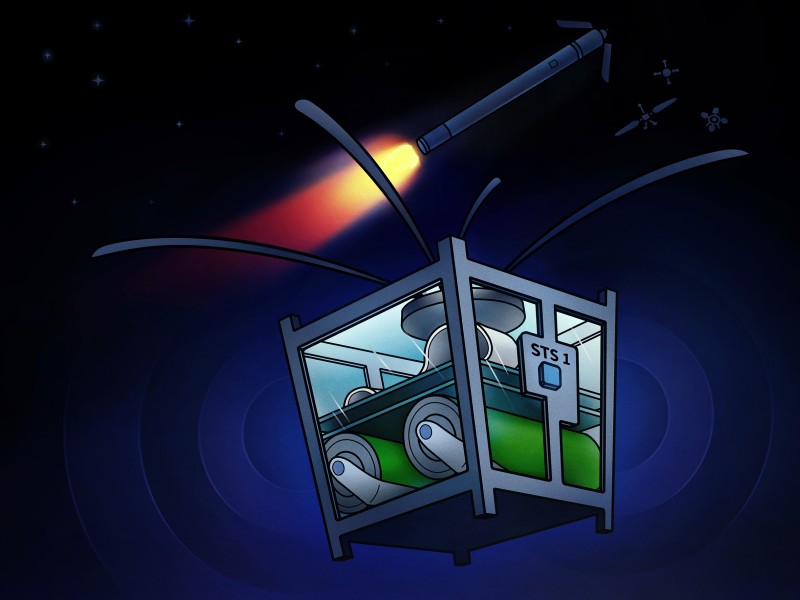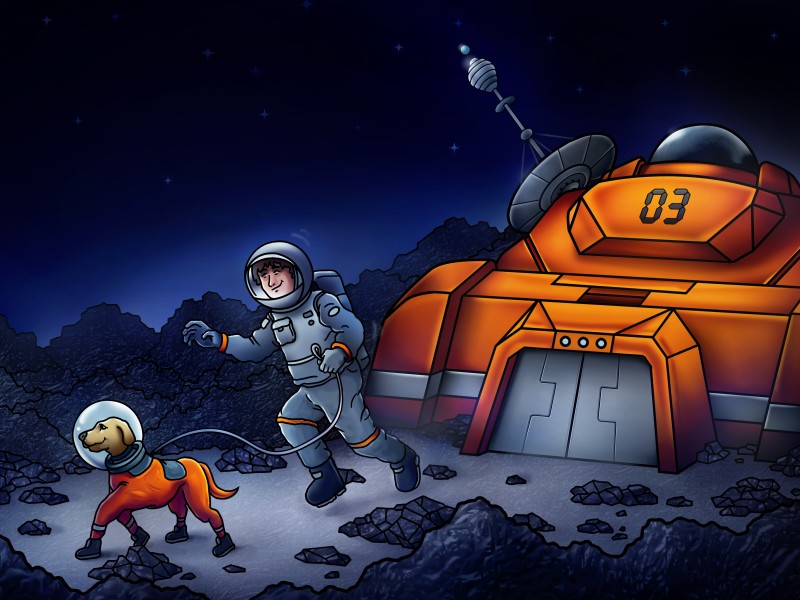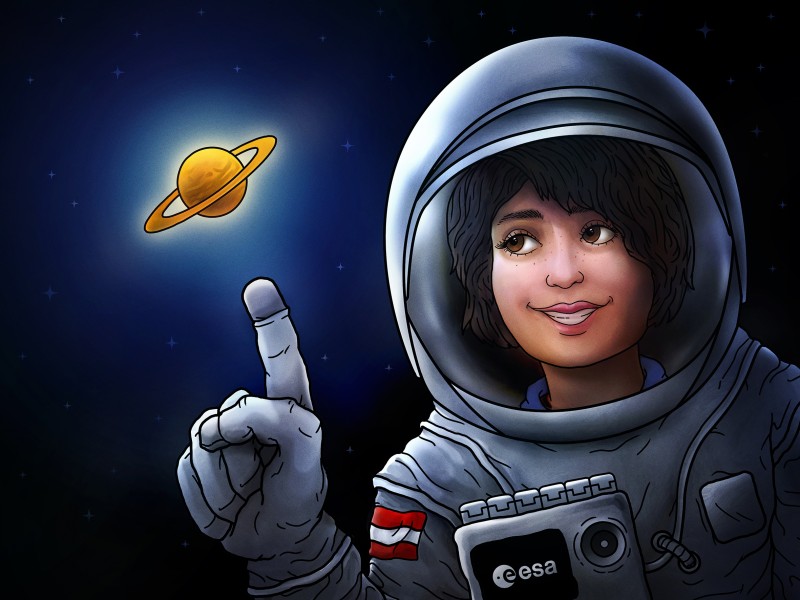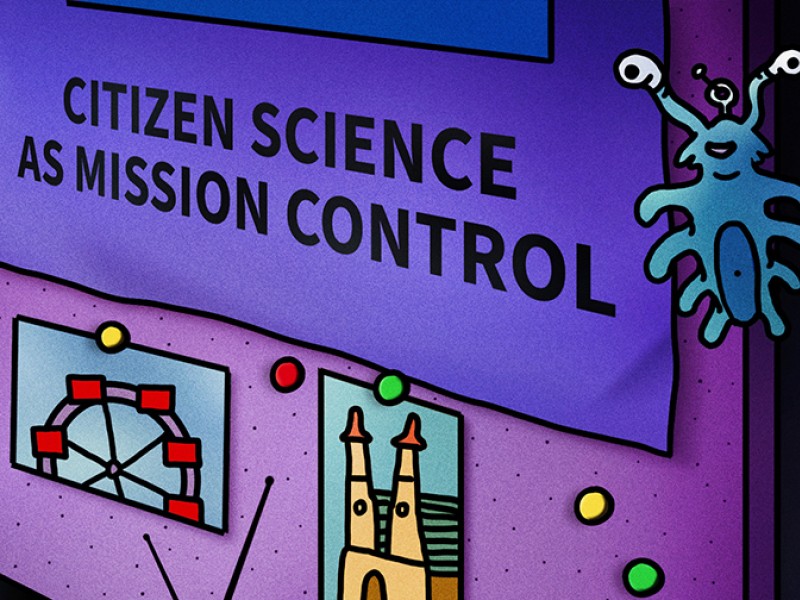All major space agencies are currently developing rules for avoiding space debris and are planning missions to clean up space junk in Earth’s orbit.
Experts and the public are becoming increasingly aware of how spaceflight is threatened by space debris. As of October 2019, the US Space Surveillance Network reported 20,000 artificial objects orbiting Earth, including operational satellites as well as burnt-out rocket stages, decommissioned satellites and rocket fragments. But it is estimated that there are also more than 128 million pieces of debris smaller than 1 cm, 900,000 pieces of debris ranging in size between 1-10 cm and about 34,000 pieces of debris larger than 10 cm. These pieces of debris travel at a speed of 28,000 km/h, multiply every year and pose an ever-greater threat to spaceflight. However, public awareness of the cultural, scientific and historical significance of these space artefacts is still very low, with the exception of a small but internationally growing group of scientists.
The preservation of the Apollo landing sites on the Moon is well underway thanks to the work of “For All Moonkind”. At the international level, “For All Moonkind” aims to establish a binding international charter for the protection of space artefacts with the Vienna-based United Nations Office for Outer Space Affairs (UNOOSA). This requires international and interdisciplinary discussion of entirely new issues, such as the matter of implementing a special “museum’s yard orbit” for important artefacts – similar to the existing geostationary “graveyard orbit” for decommissioned geostationary satellites. The creation of a catalogue of artefacts in Earth’s orbit that deserve to be protected will also be discussed.
Museums have the greatest experience in the protection of collective heritage and expertise in the preservation of objects. In this context, we give young people an introduction to how museums develop collection and preservation strategies and evaluate together what they do or do not consider worth protecting. The scientific goal is to create a potential cultural heritage space list for artefacts orbiting Earth, comparable to the UNESCO World Heritage List. But the desire to preserve, immortalise and museumise will also be critically reviewed with the citizen scientists. After all, this exclusively human need is now transferred to places that are completely devoid of humans.
The preservation of the Apollo landing sites on the Moon is well underway thanks to the work of “For All Moonkind”. At the international level, “For All Moonkind” aims to establish a binding international charter for the protection of space artefacts with the Vienna-based United Nations Office for Outer Space Affairs (UNOOSA). This requires international and interdisciplinary discussion of entirely new issues, such as the matter of implementing a special “museum’s yard orbit” for important artefacts – similar to the existing geostationary “graveyard orbit” for decommissioned geostationary satellites. The creation of a catalogue of artefacts in Earth’s orbit that deserve to be protected will also be discussed.
Museums have the greatest experience in the protection of collective heritage and expertise in the preservation of objects. In this context, we give young people an introduction to how museums develop collection and preservation strategies and evaluate together what they do or do not consider worth protecting. The scientific goal is to create a potential cultural heritage space list for artefacts orbiting Earth, comparable to the UNESCO World Heritage List. But the desire to preserve, immortalise and museumise will also be critically reviewed with the citizen scientists. After all, this exclusively human need is now transferred to places that are completely devoid of humans.





